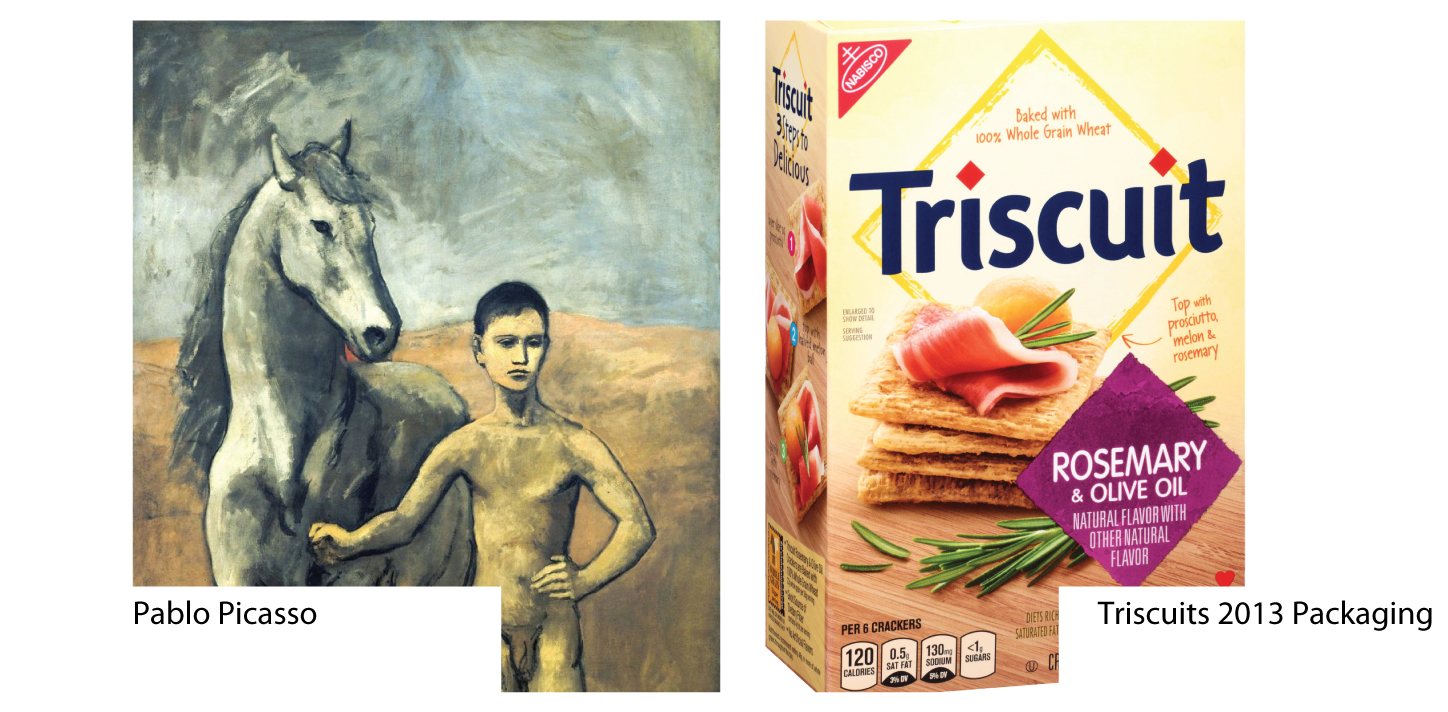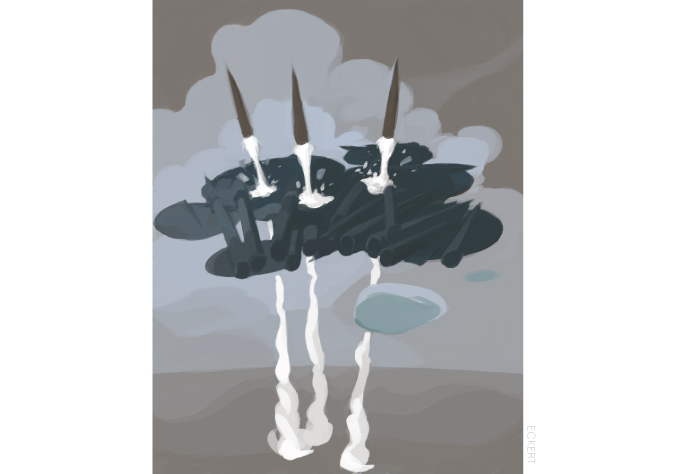PERSPECTIVE I: ART ED TO GROW ARTISTS AND DESIGNERS
PERSPECTIVE II: ART ED TO TEACH DESIGN THINKING
>>PERSPECTIVE III: ART ED TO TEACH ENTREPRENEURSHIP
High-school- and college-level art provide an opportunity for students to learn principles of basic product design and entrepreneurship.
I'll give you three example lessons.
1.
In the first case, I exposed the students to an emerging tech, AR.
To help them understand the technology's opportunities and limitations, I charged them with proposing an AR app to solve one of 8 teacher-provided problems.
10/25/16
10/24/16
Why Teach Art? (2)
PERSPECTIVE I: ART ED TO GROW ARTISTS AND DESIGNERS
>>PERSPECTIVE II: ART ED TO TEACH DESIGN THINKING
PERSPECTIVE III: ART ED TO TEACH ENTREPRENEURSHIP
Important art, the kind worth spending years or decades learning to make, changes a target audience's attitudes or emotions. For instance, Picasso's paintings changed Gertrude Stein's feelings about herself. Buying his work made Stein feel important because she was a conspirator to Picasso's aesthetic revolution. She felt clever, ahead of the curve, privy to aesthetic sensibilities eluding her peers.

Triscuits packaging is important art too. Its designers trigger your associations to the mid-century Great Plains and the fresh ingredients you reflexively link to that setting. Design is always human-centered, always focused on flipping switches in a viewer's mind.
Seth Godin in Linchpin says school should do only two things:
>>PERSPECTIVE II: ART ED TO TEACH DESIGN THINKING
PERSPECTIVE III: ART ED TO TEACH ENTREPRENEURSHIP
Important art, the kind worth spending years or decades learning to make, changes a target audience's attitudes or emotions. For instance, Picasso's paintings changed Gertrude Stein's feelings about herself. Buying his work made Stein feel important because she was a conspirator to Picasso's aesthetic revolution. She felt clever, ahead of the curve, privy to aesthetic sensibilities eluding her peers.

Triscuits packaging is important art too. Its designers trigger your associations to the mid-century Great Plains and the fresh ingredients you reflexively link to that setting. Design is always human-centered, always focused on flipping switches in a viewer's mind.
Seth Godin in Linchpin says school should do only two things:
(1) Teach students to solve interesting problems, and (2) teach students to lead.
A curriculum built around Design Thinking does both. Students solveWhy Teach Art? (1)
>>PERSPECTIVE I: ART ED TO GROW ARTISTS AND DESIGNERS
PERSPECTIVE II: ART ED TO TEACH DESIGN THINKING
PERSPECTIVE III: ART ED TO TEACH ENTREPRENEURSHIP

Each year, Print Magazine names a list of New Visual Artists (NVAs) to watch. The NVAs are illustrators and graphic designers in their mid twenties, and almost none graduated from the "right schools." No RISD. No Yale or CMU. Instead, they rocketed to design stardom from art programs you haven't heard of.
At Springfield State Art Institute or wherever, the NVAs produced art that dazzled potential clients. Then clients commissioned these kids to produce more dazzling art, and success built on success until Print declared their work buzz-worthy. An NVA-in-the-making could choose any college as a launchpad.
Not only that, but you could plausibly argue that if RISD graduates more success-destined graduates than Springfield State, this is because RISD enrolls more success-destined entrants. And had those RISD kids attended Springfield State, they would have reached the same career heights. Thus the argument goes that RISD does not excel at training remarkable designers, but choosing top designers and then accepting credit for their success.
PERSPECTIVE II: ART ED TO TEACH DESIGN THINKING
PERSPECTIVE III: ART ED TO TEACH ENTREPRENEURSHIP

Each year, Print Magazine names a list of New Visual Artists (NVAs) to watch. The NVAs are illustrators and graphic designers in their mid twenties, and almost none graduated from the "right schools." No RISD. No Yale or CMU. Instead, they rocketed to design stardom from art programs you haven't heard of.
At Springfield State Art Institute or wherever, the NVAs produced art that dazzled potential clients. Then clients commissioned these kids to produce more dazzling art, and success built on success until Print declared their work buzz-worthy. An NVA-in-the-making could choose any college as a launchpad.
Not only that, but you could plausibly argue that if RISD graduates more success-destined graduates than Springfield State, this is because RISD enrolls more success-destined entrants. And had those RISD kids attended Springfield State, they would have reached the same career heights. Thus the argument goes that RISD does not excel at training remarkable designers, but choosing top designers and then accepting credit for their success.
10/14/16
Photoshop exercise: Finding New Shapes
Here's an exercise to get an artist past his or her familiar go-to vocabulary of shapes. Paint a silhouette of a shape (make a shape with lasso, then paint into the selection). Next, duplicate the layer repeatedly while reflecting, rotating, and warping it in the process.
(Originally published on my other blog)
Subscribe to:
Comments (Atom)
